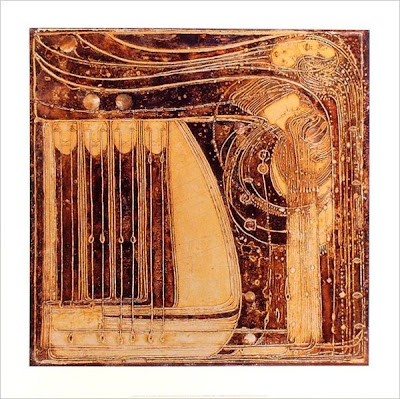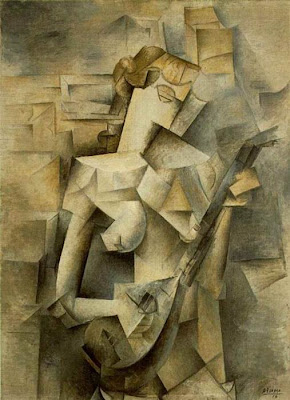Intentional vagueness
Generalities are deliberately vague so that the audience may supply its own interpretations. The intention is to move the audience by use of undefined phrases, without analyzing their validity or attempting to determine their reasonableness or application. The intent is to cause people to draw their own interpretations rather than simply being presented with an explicit idea. In trying to "figure out" the propaganda, the audience forgoes judgment of the ideas presented. Their validity, reasonableness and application may still be considered.
vague- not clearly or explicitly stated or expressed: vague promises.

In the poster above, the artist uses an illustration to show the viewer the message trying to be portrayed. The artist uses very few words but in no way has any commands in the text, as in "Do this". The artist uses imagery to allow the viewer to come up with their own assumption.

In this poster, the artist once again uses very few words but uses them in a suggestive way. "We can do it" is a very vague term which can mean many things but the strong woman in the picture holding up her shirt to show her muscles gives a message that allows the viewer to come up with their own interpretation.

Once again, this poster here does the same as above. Progress can mean many things, but with paired with a picture of Obama, it is left up to the viewer to interpret the meaning.

This poster is very interesting and influencing to me. It has no text at all and allows the viewer to come up with their own interpretation by the few visual elements that are provided, like the nuke bomb and the needle creating cross bones.


































